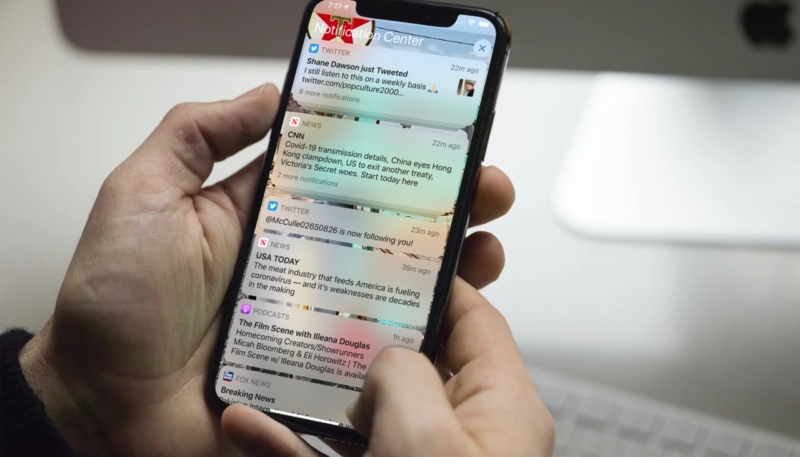A District Court Judge has ruled that the FBI broke the law when it switched on a suspect’s phone to look at his lock screen without first obtaining a warrant.
The Judge ruled that gathering evidence from a lock screen constitutes a search, and doing that without a warrant violates the fourth amendment, which prohibits unreasonable search seizure.
The ruling was made by Judge John Coughenour in a district court in Seattle.
What is known is that on February 13, 2020, the FBI removed Mr. Sam’s phone from inventory, powered the phone on, and took a photograph of the lock screen. (See Dkt. No. 55-2 at 2.) The photograph shows the name “STREEZY” right underneath the time and date.
The Judge ruled that while police were within their rights to look at the lock screen at the time of Sam’s arrest without a warrant, investigators conducting a search later required a warrant.
The police’s examination took place either incident to a lawful arrest or as part of the police’s efforts to inventory the personal effects found during Mr. Sam’s arrest. The FBI’s examination, by contrast, occurred long after the police had arrested Mr. Sam and inventoried his personal effects. Those examinations present significantly different legal issues […]
The FBI physically intruded on Mr. Sam’s personal effect when the FBI powered on his phone to take a picture of the phone’s lock screen. See United States v. Jones, 565 U.S. 400, 410 (2012) (plurality opinion) (holding Government searched a car by attaching a GPS device to the car); Bond v. United States, 529 U.S. 334, 337 (2000) (concluding Border Patrol agent searched a bag by squeezing it); Arizona v. Hicks, 480 U.S. 321, 324–25 (1987) (holding officer searched stereo equipment by moving it so that the officer could view concealed serial numbers).
The FBI therefore “searched” the phone within the meaning of the Fourth Amendment. See Jardines, 569 U.S. at 5. And because the FBI conducted the search without a warrant, the search was unconstitutional. See Vernonia Sch. Dist., 515 U.S. at 653.
What all of this means is that the FBI cannot view your iPhone’s lock screen unless you are actually arrested.
As mentioned by 9to5Mac, depending on your settings, a lock screen can show previews of reminders, messages, and more or hide them unless you unlock the device. On the iPhone, the setting is controlled by the settings at: “Settings” -> “Face ID & Passcode” -> “Allow Access When Locked”, and “Settings” -> “Notifications” -> “Show Previews”.


